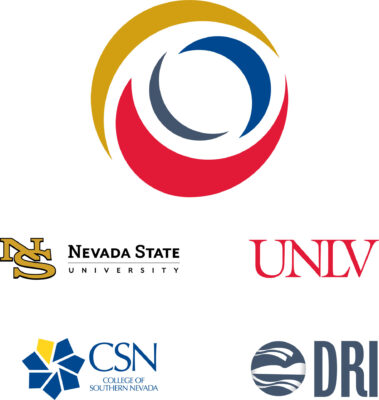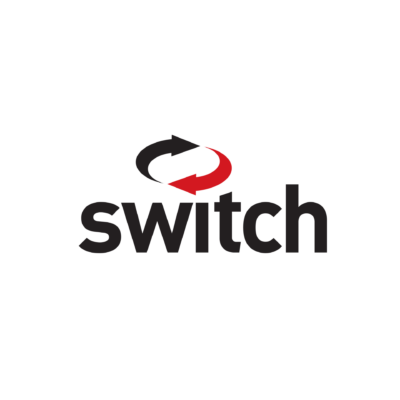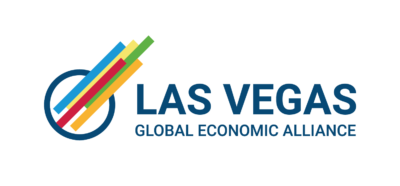Perspective Update | September 2023
Infrastructure Edition
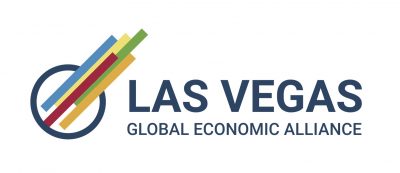


Infrastructure plays a crucial role in fostering economic development. When a company is looking to move to our region, one of the first questions they’ll ask is “what locations are available” and secondarily, “does that location have infrastructure?” Essentially, without infrastructure, there is no economic development.
A well-developed transportation infrastructure, including roads, railways, and airports, makes it easier to move people and goods efficiently. We often hear from companies that Harry Reid International Airport and it’s connections to both domestic and international markets is a draw for our region. Las Vegas’ location along the I-15 corridor is also a draw for logistics and distribution companies.
Infrastructure such as energy grids, water supply systems, and telecommunications networks provide the essential services needed for businesses to operate efficiently. NV Energy offers affordable and sustainable energy options to local businesses, with the Southern Nevada Water Authority (SNWA) manages water and sewer services to the area’s 2.2 million residents. And despite what you might hear in the national media, the SNWA is a global leader in water conservation, and for more than 20 years has made infrastructure investments that will allow our region to continue growing, despite dwindling water resources.
As you can see, infrastructure is a huge driver of economic development. It not only enhances productivity, it also attracts investment and contribute’s to the region’s overall quality of life.
In this Perspective Update newsletter, you’ll find the results of a community survey testing sentiments around our region’s infrastructure. We were happy to see that nearly 85% of respondents say they are either very willing or somewhat willing to reduce their overall water consumption to assist with regional water conservation efforts! Thank you for helping ensure the region’s long-term economic viability! The survey also highlights the top five mobility improvements local residents would like to see, plus thoughts on the quality and availability of mass transit in our region. We’ve also got an economic update from Applied Analysis plus an updated list of the region’s economic development stats.
INFRASTRUCTURE SURVEY
This community survey examined the opinions and attitudes of the Greater Vegas workforce, testing sentiments around our region’s infrastructure. This web-based survey was commissioned by the Las Vegas Global Economic Alliance and conducted in Spring 2023.
Respondents were selected from the current Clark County workforce and do not include retirees, students and other unemployed workers. The sample size of the survey was 500 with a margin of error of +/- 4.4 percent at the 95 percent confidence interval.

UPDATED REGIONAL ECONOMIC STATISTICS
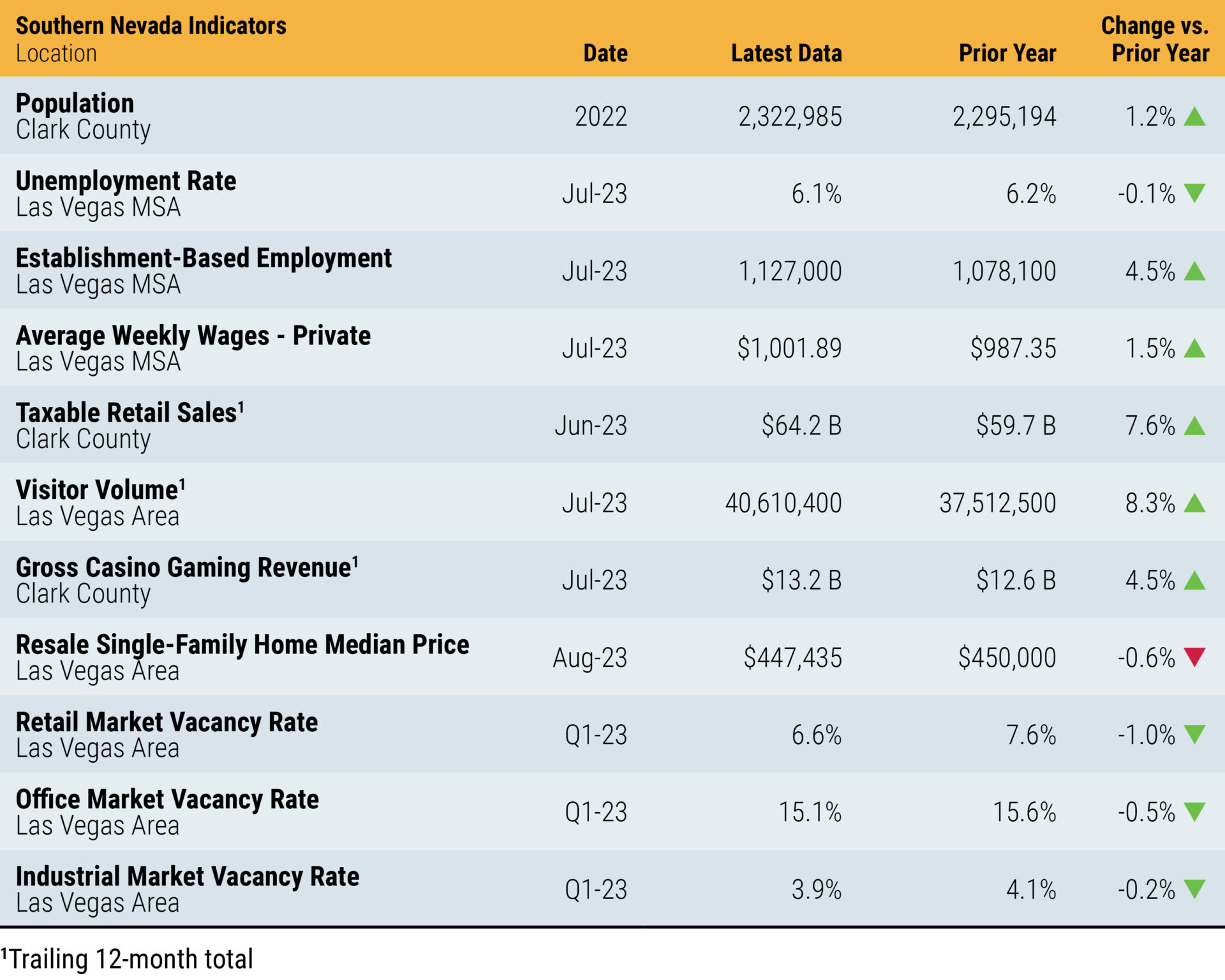
ECONOMIC PERSPECTIVE

Key Points:
- There are more than $30 billion in investments currently under construction or in the planning stages in the Las Vegas area.
- Employment has continued to rise, adding 48,900 jobs to the Las Vegas metro area in the last year. Unemployment rates have begun to stabilize compared to previous periods of economic stability.
- Gaming revenues reached an all-time high in July, with monthly gaming revenues peaking at $1.2 billion and twelve-month gaming revenues reaching nearly $13.2 billion.
Southern Nevada has continued to expand and attract interest from tourists and businesses alike in recent months. Despite concerns about potential headwinds partially sourced to elevated inflation and rising interest rates, national and local economies continue to post relatively robust performances. Positive growth in key indicators over the last year highlights the continuing diversification of the Las Vegas economy.
Total employment in the Las Vegas metro area reached 1,127,000 in July 2023 (latest available), up 4.5 percent over the last year, which resulted in 48,900 incremental jobs. Compared to February 2020, employment has grown by 77,100 jobs and is now 7.3 percent higher than before COVID-19. Wholesale trade, professional and business services and information grew particularly fast at respective rates of 8.4 percent (+2,200), 7.6 percent (+12,100) and 7.0 percent (+900) year-over-year. At the same time, unemployment rates in Southern Nevada remain high compared to similarly sized metros at 6.1 percent (+2.5 points above the average of all metros with a population over 1 million); however, these rates are similar to values seen in early 2016, a time of general economic stability. In addition, unemployment continues to decrease and is down ten basis points from the prior year. All of this has contributed to greater economic diversity in the region, as measured by the Hachman Index, helping to drive the 15.6 percent growth rate experienced over the last decade.
Gaming and tourism indicators have also demonstrated stable growth. More than 40.6 million visitors traveled to Las Vegas in the last year, an increase of 3.1 million people. Though this volume lags the pre-pandemic high of 42.8 million posted in the twelve months ending February of 2020, it represents an increase of 8.3 percent over the last twelve months and has contributed to record spending in the region. Gross gaming revenues reached an all-time high of $1.2 billion in July in Clark County and $13.2 billion over the last year (trailing twelve-month total). This is $2.2 billion (or 19.7 percent) higher than the pre-pandemic peak of $11.0 billion in October of 2007. Similarly, trailing twelve-month taxable retail sales hit a record $64.2 billion in June 2023, up 7.6 percent from the previous summer. Even after accounting for inflation, spending flowing into the Southern Nevada economy still exhibited an increase on the year.
Increased demand for goods and services stemming from the tourism economy has led to substantial public and private investments in Greater Las Vegas area. At present, there are a number of major projects that are either actively under construction or planned for future development. These large-scale projects are reporting an aggregate price tag reaching beyond $30 billion. They include notable investments such as the Fontainebleau, Sphere, Formula 1’s hospitality facility and Durango Casino & Resort – all of which are opening before year-end.
High population and employment growth, the low cost of living and a business-friendly environment also contribute to attracting investments in other key industries in the economy. Several new facilities, most notably a $1.2 billion solar farm named the Gemini Solar Project, a $400 million facility for Novva Data Centers, and a $100 million warehouse for Matter Logistics are all expected to finish construction before the end of the year. Additionally, local governments have planned several capital improvement projects to expand the regional infrastructure to support overall growth. This includes nearly $400 million in water infrastructure projects by the Southern Nevada Water Authority and a $165 million Civic Center for the City of Las Vegas. There are currently more than $9.0 billion in planned and under construction mixed-use and housing projects all across the valley, as well as multiple highway renovations and expansions.
Southern Nevada’s continuing attractiveness to new residents and businesses is likely to help support continued growth in overall economic activity and sources of public revenue. Despite the inflation environment of the past two years, tourism-related impacts, including hotel room revenues, taxable retail sales and gross gaming revenue, have continued to trend positively over the last half of the year, and substantial investments throughout Las Vegas are expected to further encourage economic growth into the future.
This newsletter is made possible with the support of our PERSPECTIVE Council:
